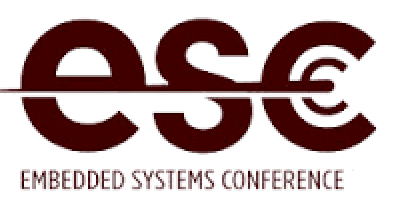New Glass Bubbles Could Cut Composite Weight by 40%
The latest version of 3M’s glass bubbles allows construction of sheet-molded composites with a density of 1.0 g/cc.
June 25, 2018
3M Company has rolled out a new version of its glass bubble technology that could help cut the weight of sheet-molded composites by up to 40%. In doing so, it opens up new possibilities for automotive fenders, trunk lids, door panels, and headlight assemblies.
The new 3M Glass Bubbles S32HS would reportedly enable sheet-molded composites to have a specific gravity roughly equivalent to that of water. By comparison, aluminum has a specific gravity about 2.5 times that of water, while titanium is 4.5 times heavier and steel is 7.5 times heavier than water. “This is a breakthrough because up until now, most sheet-molded composites have had a density of 1.2 to 1.4 grams per cubic centimeter,” Joe Bommarito, global business manager for 3M, told Design News. “This allows us to get down below 1.0 (g/cc) and still have a paintable surface.”
3M’s new Glass Bubbles S32HS enable sheet-molded composites to have a density of 1.0 g/cc. (Image source: 3M Co.) |
The powder-like glass bubbles, made from soda-lime borosilicate glass, serve as an additive, replacing the polymer or filler material used in conventional sheet-molded composites. Because the bubbles measure just 25 µm in diameter, tens of thousands of them are typically used, even in a small part.
3M said the new breed of glass bubbles is drawing attention from automakers and molders, mostly due to the industry’s growing demand for weight reduction in vehicles. “Given the current race for electrification, the OEMs are looking at every gram they can take out of the vehicle,” Bommarito said. “So something like this is big news for them.”
The new S32HS bubbles are an evolution of a technology that has been offered by 3M for about 40 years. The original microspheres were used in oil, gas, and industrial applications. About ten years ago, however, 3M rolled out a new version of the microspheres that could be employed in molded parts. Since that time, the specific gravity of the bubbles has dropped from 0.60 in 2008 to 0.46 in 2012 to 0.32 in the new product.
A sheet-molded composite part using the newest bubbles will ultimately have a specific gravity of approximately 1.0, Bommarito said. That makes it 20% better than a sheet-molded composite using 3M’s earlier bubbles, and about 50% better than a sheet-molded composite using conventional fillers.
Bommarito said the new bubbles have a crush strength of about 6,000 psi, which is lower than that of predecessors. Still, their strength is sufficient for use in sheet molding. “Unlike injection molded parts, where you might see higher pressures, sheet-molded composites don’t need very high pressures,” Bommarito told us. “So with a strength of 6,000 psi, the bubbles can withstand the SMC processes and allow for even more lightweighting.”
RELATED ARTICLES:
Bommarito said that the stiffness and tensile strength of the resulting composites is dependent on the material formulation used by the molder. He did not offer any specific numbers for mechanical properties, but said that the materials could be formulated so that they meet the strength needs of specific automotive applications.
This is not the first time 3M has targeted the glass bubbles at the auto industry. 3M sold earlier versions of the technology into Chevrolet’s 2015 Corvette, where they were employed in construction of rear quarter-panels. But the latest density reduction, combined with a growing emphasis on automotive lightweighting, is making the technology an even stronger candidate for future automotive parts.
“This is nearly a 50% weight reduction over traditional sheet-molded composites,” Bommarito said. “That makes sheet-molded composites more relevant and more interesting for all kinds of automotive applications.”
Senior technical editor Chuck Murray has been writing about technology for 34 years. He joined Design News in 1987, and has covered electronics, automation, fluid power, and auto.
|
About the Author(s)
You May Also Like




